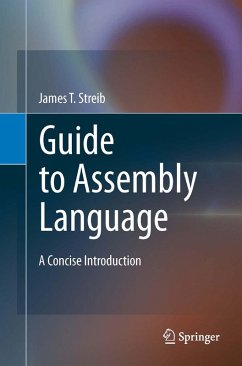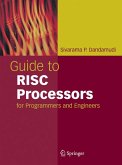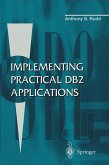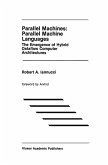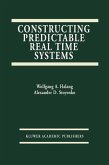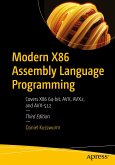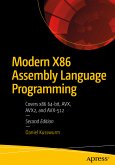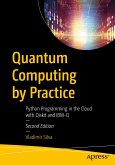Dieser Download kann aus rechtlichen Gründen nur mit Rechnungsadresse in A, B, BG, CY, CZ, D, DK, EW, E, FIN, F, GR, HR, H, IRL, I, LT, L, LR, M, NL, PL, P, R, S, SLO, SK ausgeliefert werden.
"The well-organized book is divided into ten chapters and five appendixes. The ten chapters follow a fairly standard layout for a book on this language, with each chapter concluding with a summary section and an appropriate set of exercises ... . Summing Up: Recommended. All readership levels." (J. Beidler, Choice, Vol. 49 (2), October, 2011)
"It teaches assembly language with precision and verve, and it also provides the reader with some understanding of the computer architecture that drives assembly language. ... This book is an excellent text for a course in assembly language programming, and for programmers who want to understand the low-level operations and constructs that underlie high-level languages. Its attention to machine issues also makes it suitable as a supplemental text in a course on computer operations or architecture." (Marlin Thomas, ACM Computing Reviews, August, 2011)

